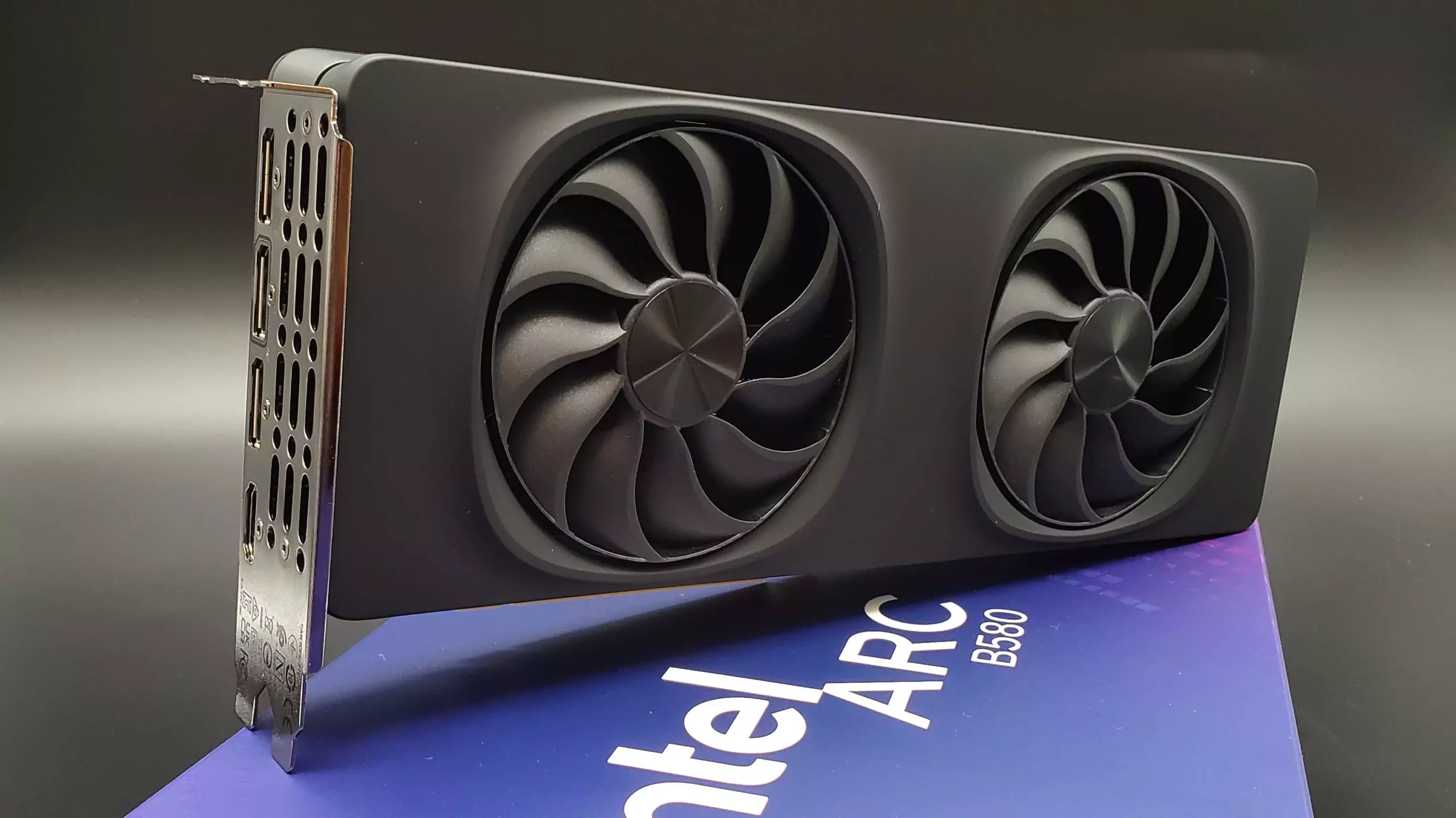As we approach Computex, the excitement in the PC hardware community is palpable. With an event known for groundbreaking announcements and innovations, the expectations run high among enthusiasts and professionals alike. One focal point of speculation is the rumored Intel Arc B770 graphics card, a potential contender in the mid-range GPU market. Despite the absence of concrete details, the mere mention of this card by Intel has ignited discussions, leading to an avalanche of fervent comments from eager gamers. It’s a paradox: Intel builds anticipation around a product that may or may not be announced, leading to a mix of hope and frustration.
The Teasing of Intel: A Double-Edged Sword
Intel’s cryptic responses to user inquiries on social media have only added to the fervor. Comments like “stay tuned” and playful affirmations of users’ desires for a B770 are intriguing yet maddening. They are indicative of a company that is aware of its potential customer base but struggles to meet their expectations. Instead of a focused announcement, Intel teases the community while redirecting attention to upcoming professional-grade GPUs. This back-and-forth can be seen as engaging marketing, but it also borders on cruel mockery; gamers want clarity, not tantalizingly vague promises.
In a world where brand loyalty is often dictated by immediate engagement, Intel risks alienating potential customers. While the playful banter might create a buzz, it can backfire if consumers feel continuously strung along. One can understand the desire to build excitement, yet there’s a fine line between building anticipation and inciting frustration.
What We Know About the B770
The Intel Arc B770, if it exists, is rumored to boast a BMG-G31 die that significantly enhances performance compared to its predecessor, the BMG-G21. With an expected 32 Execution Units (EUs), enthusiasts are quietly hopeful that this card could hold its own against the formidable Nvidia RTX 5060 Ti and the forthcoming AMD RX 9060 XT. The B770 seems set to engage directly with these competitive entries, marking a critical juncture for Intel in the GPU market.
This shift is crucial, given that entry-level GPUs have experienced soaring prices and diminishing availability. Market conditions have historically favored higher-end cards, leaving a void in the lower-tier segment that the B770 aims to fill. The emergence of this graphics card could democratize gaming, allowing more users access to decent performance without breaking the bank. This is not merely a product launch; it’s a potential turning point in a market that desperately needs affordable options.
Challenges with Previous Generations
However, past releases dampen the enthusiasm surrounding the B770. The Intel Arc A770, with its vibrant promise, faced numerous challenges, primarily related to driver support, which hampered gaming experience and adaptability. While the recent generation’s drivers have made significant strides in reliability, history lingers. Gamers approach the B770 with cautious optimism, hoping that Intel has learned from previous mistakes and can deliver a competitive product that doesn’t stumble out of the gate.
The lingering concern surrounding pricing also casts a shadow on the potential success of the B770. Though anticipated to be an affordable entry-level GPU, past trends in the market have shown that MSRP often doesn’t reflect real-world costs. If Intel can deliver on performance and price without crossing the threshold of inflated market values, they could resoundingly shift the dynamics of the GPU market.
The Implications for the Gaming Community
Ultimately, the introduction of the Intel Arc B770 could signify a resurgence for PC gaming, especially at a time when accessibility has become crucial for drawing in new players and retaining existing ones. The need for affordable GPUs is more pressing than ever. With significant competition from Nvidia and AMD, the upcoming Computex may not just yield new products; it may reinvigorate a market on the brink of stagnation.
Intel finds itself at a crossroads, and all eyes are on them to see if they can capitalize on the momentum of anticipation and excitement. There’s potential not merely for a product launch but for sparking a conversation about new possibilities in gaming and performance. The B770 could usher in a new era for entry-level gaming GPUs, but for now, we wait with bated breath, hoping Intel delivers more than just empty promises.

